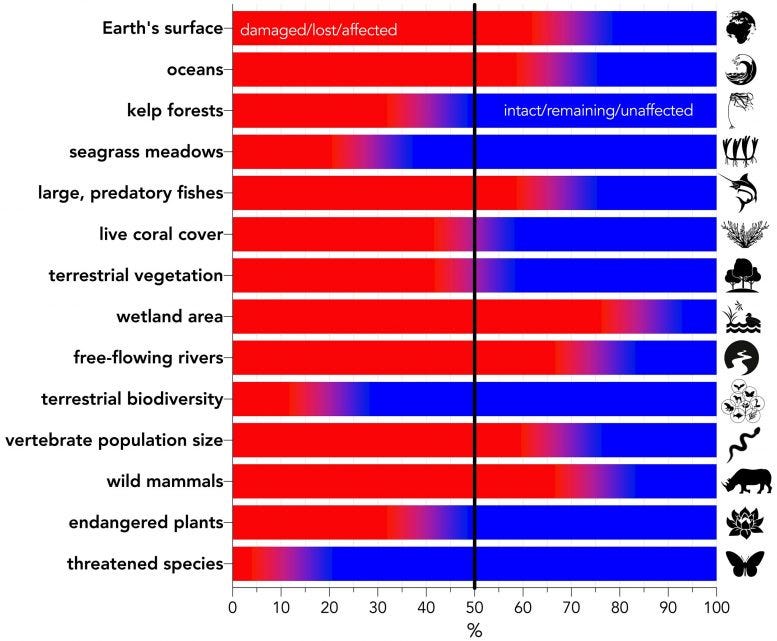Human Actions Accelerating Polar Drift: A Call to Action
Written on
Understanding the Climate Crisis
Climate change is rapidly altering the Earth's dynamics, with recent findings indicating that polar drift has surged by nearly 17 times since 1981. This stark evidence underscores the significant and detrimental influence human activities have on our planet.
While it is encouraging that many nations now acknowledge climate change as a critical threat, it may already be too late for effective intervention. The Paris Agreement of 2015 was a pivotal moment, as numerous countries committed to drastically reduce emissions over the next few decades. However, progress faltered when the U.S. withdrew from the accord under the previous administration. Unfortunately, other nations did not make substantial strides toward their emission reduction targets either.
Fast forward six years, and we find ourselves at a standstill. The COVID-19 pandemic did temporarily decrease emissions due to enforced lockdowns, but levels have since surpassed those recorded prior to the pandemic as economies reopen. The current U.S. administration recognizes the urgency of the situation, as President Biden articulated during a recent virtual summit on the climate crisis. Addressing 40 global leaders, he emphasized that "time is short."
In a proactive move, Biden announced that the U.S. aims to cut its greenhouse gas emissions by 50% by 2030, based on 2005 figures. He urged other nations to enhance their efforts, and some responded positively: Japan pledged to reduce emissions by 46% by 2030, South Korea committed to halt financing overseas coal projects, and Canada raised its target to a 40-45% reduction. China expressed its dedication to achieving faster emission reductions than other nations.
Despite scientists welcoming the renewed U.S. commitment to addressing environmental degradation, the adverse effects of climate change are already becoming evident. Research has recently revealed that the climate crisis has shifted the Earth’s axis. The substantial melting of glaciers has altered the planet's rotation, highlighting the severe consequences of human actions.

The Accelerated Polar Drift Phenomenon
Research published in the Geophysical Research Letters indicates that polar drift, although a natural occurrence, has significantly accelerated in recent decades—now moving at nearly 17 times the speed recorded in 1981. Notably, this shift in direction began suddenly in the year 2000.
Using satellite data from GRACE and GRACE-FO, researchers monitored the Earth's shifting mass. While various geophysical activities, including earthquakes, can alter land positions, water has a far greater influence on these changes. The melting of polar ice caps offers compelling evidence. Past studies have linked gravity variations to vanishing ice sheets, showing how these gravitational shifts affect the poles.
A recent investigation delves into the historical data from the 1990s, examining annual fluctuations in greater detail. Along with the loss of ice in Greenland and West Antarctica, groundwater extraction is emerging as a significant factor driving this new phenomenon, posing a threat to billions of lives in the near future.
A collaborative study by researchers from Stanford University, UCLA, and Flinders University in Australia emphasizes the urgent need for world leaders to recognize the critical state of our environment. The ongoing loss of biodiversity, in tandem with accelerating climate change and a lack of decisive action, jeopardizes the survival of all species.

Join the Open Source X Team
Come join us as a part of the Open Source X Team — Contact Us